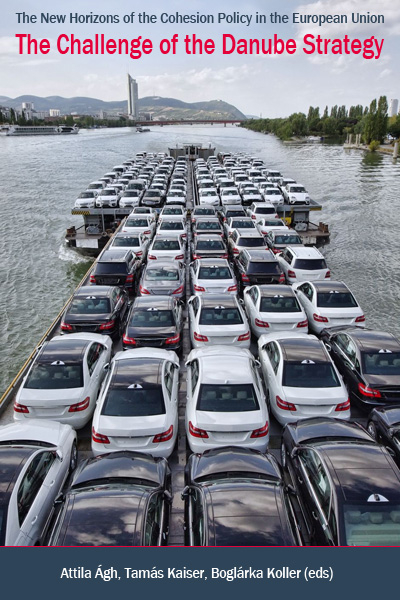The Challenge of the Danube Strategy
The New Horizons of the Cohesion Policy…
- ISBN:
ISBN 978-963-09-7083-9 - KIADÓ:
Kossuth Kiadó - OLDALSZÁM:
256 oldal - MEGJELENÉS ÉVE:
2013
The “cohesion challenge” has been present from the very beginning in “the diverse Europe”. The historical evolution of regional policy indicates that it has finally widened into a comprehensive cohesion policy within the EU. Thus, there has been a long history in the EU vocabulary from “regional” policy to “cohesion” policy in both practicalstructural and conceptual-theoretical dimensions. But the main function of the regional/ cohesion policy has always been to “reduce socio-economic disparities and promote real convergence in the European Union by investing in structural change”. By now cohesion policy has turned to be the key policy field in the EU27 and regional policy has been treated as its special application. All in all, regional/ cohesion policy is meant for merging the competitiveness and cohesion together in a common public policy with a territorial perspective or territorial development strategy. The cohesion challenge has also appeared from the very beginning in the special form of “territorial challenge”. Territorial challenge means that the particular (idiosyncratic) development of all territorial units has to be optimalized within the EU general development according to their different territorial potentials. This process can be described as turning the special territorial capital into an increased social capital.
The present volume consists of two parts. The contributions in the first part offer first of all a theoretical analysis and outline some perspectives for the functional macro-regions in the eu, while in the second part the papers are basically case studies in the sub-national regions concerned. This combination of the top-down and bottom-up approaches gives the specificity of this edited volume and it provides a big advantage, since the danube strategy – the danube Region strategy, with a usual abbreviation, dRs – can only be approached at the same time from “above” in the framework of the eu2020 general strategy and from “below” through the efforts of its constituent parts, i.e. the countries, sub-national regions and localities, including the capital cities.












